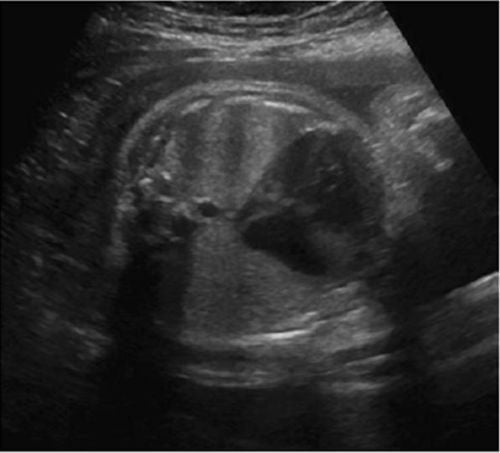This is an automatically translated article.
Article written by MSc Nguyen Thi Le - Department of Obstetrics and Gynecology - Vinmec Danang International Hospital
Stillbirth in the uterus is something no one wants, but if not treated in time, it will lead to dangerous complications for the mother, especially women who are pregnant for the first time.
1. What is Thai Save?
Intrauterine fetal death are fetuses that die while still in the uterus. In medical terms, cases where a baby dies in the womb for more than 48 hours is called a stillbirth. Stillbirth can occur at any stage of pregnancy, and is usually divided into two groups:
Stillbirths less than 20 weeks of age. Stillbirth group after 20 weeks of age: in this group, it is further divided into premature stillbirth from 20-27 weeks of age and late stillbirth from 28-36 weeks of age. After 37 weeks, it is called a full-term stillbirth. There are many different causes of stillbirth, so it is difficult to determine the specific reason, refer to the article below to know more about the causes of stillbirth in the uterus.
SEE ALSO: Stillbirth in the uterus and things to know

2. Treatment, handling attitude
General principles
Do not rush to handle After having an accurate diagnosis, start treatment. The mother can do tests: Blood count, blood type classification, complete coagulation function, especially blood fibrinogen levels, and some other necessary tests. If there is a dysfunction of blood coagulation, then the disorder must be treated before addressing the issue of stillbirth. In cases of normal coagulation function, it is also necessary to prepare fresh blood or preparations such as Fibrinogen, for treatment when complications of secondary coagulation disorders occur. For stillbirth, there is a significant risk of infection when the water breaks and after pregnancy, the placenta may bleed heavily due to coagulation dysfunction or uterine atony. Therefore, it is necessary to prevent infection well, use systemic antibiotics, combine, high doses and last 5-7 days.
2.1 Cervical dilatation, curettage
Uterine curettage is applied to cases of fetal death where the uterine volume is smaller than the 3 months pregnant uterus or the uterine height is < 8 cm. The mother was relieved of pain during curettage, uterine contractions and antibiotics. Do not leave the placenta, fetus.
2.2 Induction of labor
When the diagnosis is confirmed of stillbirth, induction of labor is required for miscarriage or stillbirth. The doctor gives the mother a dose of medicine according to the gestational age to induce labor to expel the fetus
Thus, early stillbirth can be managed with the insertion of an instrument and dilatation and removal of the fetus or the use of drugs to induce abortion natural pregnancy. In women with stillbirth before 28 weeks of age, induction of labor by vaginal prostaglandin E2 (10-20 mg over 4-6 hours), vaginal misoprostol (prostaglandin E1) or oral administration (400mcg 4 -6 hours), and/or oxytocin (usually used in women who have had uterine surgery). For women with stillbirth after 28 weeks of age, lower doses should be used.
Stillbirth is an undesirable thing for any pregnant mother, it severely affects the psychophysiology of pregnant women, especially the psychology of carrying a dead fetus. Doctors and family members need to encourage and explain in detail so that pregnant women can avoid negative effects from this pregnancy.
Vinmec International General Hospital is currently implementing Maternity Care Packages, performed by a team of leading doctors and nurses with both expertise and experience in maternity, with the support of a machine system. Modern technology helps to monitor and diagnose problems during pregnancy, especially stillbirth, to achieve high efficiency and accuracy.
Please dial HOTLINE for more information or register for an appointment HERE. Download MyVinmec app to make appointments faster and to manage your bookings easily.














